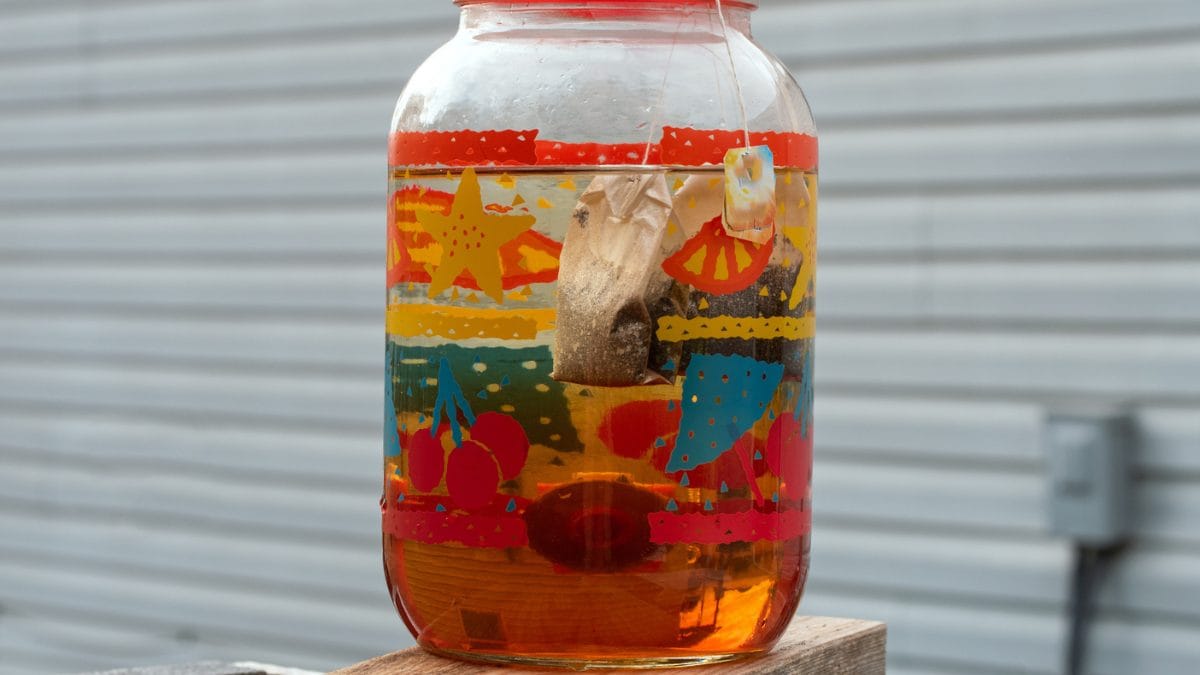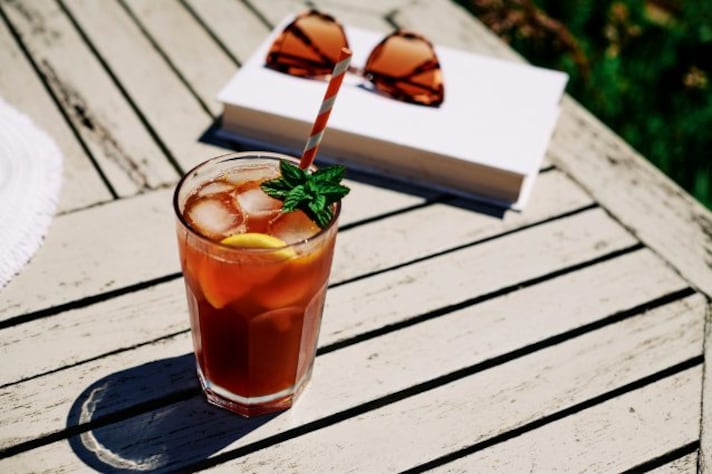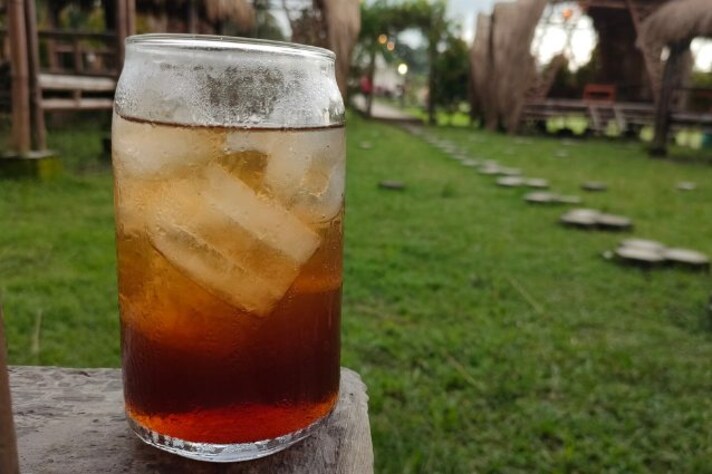
Ah, the image: a sunlit porch, a jar full of tea bags, and lazy, warm water steeping away. It’s charming—and oh-so-southern. But what feels homey might be harboring something decidedly un-hospitable: bacteria. According to the CDC and FDA, sun tea typically stays between 40°F and 140°F—the dreaded “danger zone” where pathogens flourish. And while the sun might do a fine job of warming your water, it doesn’t quite bring it to the sterilizing temperatures needed to kill microbes. Sun tea rarely gets hotter than 130°F, and that mid-range heat is a petri dish in disguise.
The FDA Says, “Don’t Do It”
I get it—“FDA-approved” isn’t quite as catchy as “mom-endorsed.” Still, Southern Living checked with the agency and got a blunt response: the FDA does not recommend brewing tea in the sun. Why? Because it doesn’t heat high enough to kill microbes, and it’s not following brewing instructions on tea packets (which do specify proper water temperature and duration). If it's not FDA-approved, it needs a serious reconsideration.
Food microbiologists have studied sun tea, and their verdict is unambiguous. A 1996 health memo and a 1997 Journal of Food Protection study found coliform bacteria like Klebsiella and Enterobacter thriving in tea steeped under lukewarm conditions. These aren’t harmless extras like pollen—we’re talking possible indicators of fecal contamination, or at least unsanitary food pathways. Yum?
So what’s lurking in your iced glass? It could be anything from E. coli and Salmonella to Staphylococcus aureus. Even if the tea looks crystal clear, smell-free, and teeming with ‘just-right' sweetness, these bacteria are stealthy. They multiply quickly and quietly—until cramps, fever, vomiting, or worse overtake your summer mood.

“Natural” Doesn't Always Mean Safe
Your ancestors drank raw milk, too—this isn’t that kind of natural. The idea that sunshine can kill pathogens through UV exposure is more myth than fact. Sunlight might do a minor cleanup job, but it won’t sanitize a lukewarm jar of municipal water steeping tea bags. So sprinkle the stigma-free branding; don’t splash it on your jar.
Younger folks might shrug this off, but for elderly adults, pregnant women, kids, or anyone with a weakened immune system, a sun-brewed risk isn’t just an inconvenience—it’s potentially serious. Just a few sips from a contaminated jar and an entire family could land in the ER. Can’t sugarcoat that risk.
Some Safer Alternatives to Try!
If you’re about flavor and safety, keep this simple ritual: bring water to a rolling boil, steep teabags for 3–5 minutes, then cool, chill, and sip. That heat zaps any sneaky microbes. According to the University of Illinois Extension, brewing at 195°F ensures a bacteria-free base before you ice it down.
Prefer a lower-key method? Try cold-brewing in the fridge overnight. No sun, no heat, no drama. It may take a bit longer, but it stays in safe territory below 40°F, and trust me—it tastes just as crisp and refreshing.

;Resize,width=767;)
